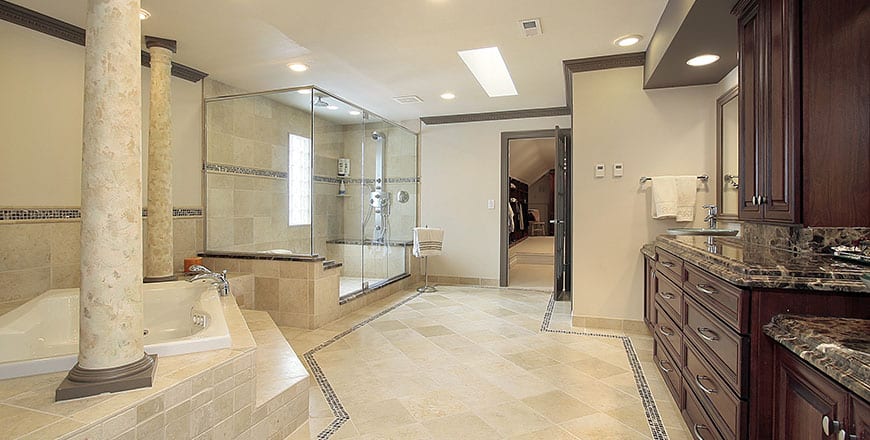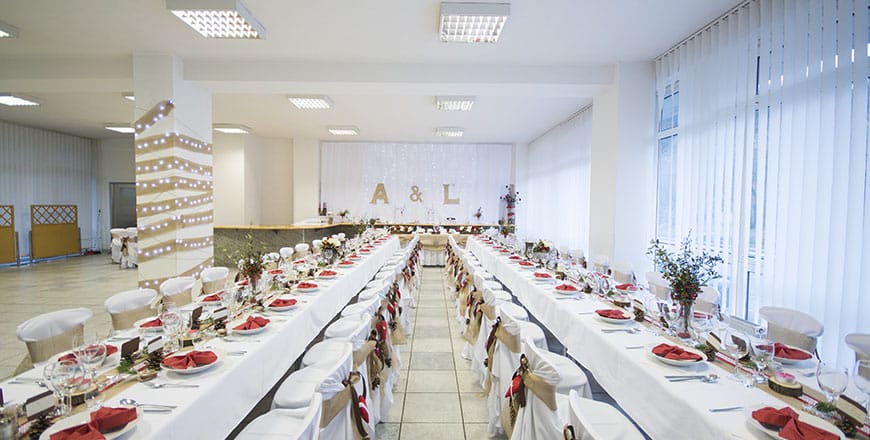If you have a fireplace, you must know how important it is to clear up creosote buildup. Creosote is the byproduct of the wood that is burned in a fireplace. With time, creosote adds up which leads to certain risks such as toxic gasses entering the house and your family members inhaling them. Therefore, it is important that you prevent creosote buildup in your chimney and carry out regular chimney inspections. Let’s discuss how.
Use Seasoned Wood For Your Fireplace
To prevent soot and creosote, you must use seasoned wood. If you opt for fresh and new wood, chances are that it contains moisture. As a result, the chimney will experience a relatively more creosote buildup as wet wood produces more creosote than seasoned wood.
Furthermore, if you have purchased wet wood, keep it outside in the sun for a few days for the moisture to escape. Additionally, you can also purchase a moisture meter that will determine the amount of moisture in the logs you are about to use.
Ensure Fire Has A Sufficient Flow
If you want the logs to burn effectively and efficiently, you will need to make sure the fire has sufficient airflow. This means that if your fireplace has glass doors, you should open them to let some air in. As a result, the fire will increase and burn hotter which will prevent creosote buildup. The faster the logs burn, the lesser the combustion gasses produced as a byproduct.
Build Hot Fires That Burn Efficiently
As simple as it may seem, some people simply cannot accept the fact that arranging the firewood has a lot to do with how the logs burn. The logs should be placed close to each other with modest gaps to allow airflow.
Make sure that you do not close the doors or restrict the airflow just when the fire gets hot enough. Moreover, if you have one of those high-efficient chimneys, keep in mind that these types are smaller than decorative or traditional fireplaces. Therefore, creosote buildup is most likely to occur at a relatively faster rate.
That said, always use dry wood and build hot fires that burn the logs efficiently to prevent combustion gasses from accumulating inside the chimney.
Stages Of Creosote Buildup
Creosote buildup takes place in three stages. The first stage is where creosote is soft and flaky like soot. This is when the buildup is the easiest to remove. Meanwhile, the second stage is where the creosote turns a bit stubborn and clings to the flue lining like tar.
At this stage, the buildup cannot be removed easily. And finally, it comes down to the third stage, which is the most difficult to tackle. You can try removing the creosote buildup yourself but it is going to take a lot of effort, time, and risk.
Therefore, it is better to consult a professional who will not only thoroughly clean the chimney but also inspect it for any damages, cracks, repairs, or replacements.
How To Clean A Chimney?
If the chimney hasn’t been cleaned for months, expect stubborn creosote buildup. However, if you regularly clean the chimney, you would not have a problem removing creosote buildup. Surprisingly, cleaning a chimney is not much of a daunting task as it might seem.
All you need to do is grab a chimney brush and use some chemicals to loosen the buildup. Depending on the creosote buildup, you might have to spray the chemical and use the brush repeatedly until the chimney is clear of the buildup.
Keep in mind that cleaning a chimney can be a risky task as well since creosote buildup can fall on your head in the form of rocks or stones. This is why, if your chimney is being cleaned after several years, make sure to cover yourself to prevent injuries.
Final Word
Concluding, preventing creosote buildup is no rocket science. Simply make sure to use seasoned wood and always build hot fires. This will prevent the smoke from sticking to the chimney walls and resulting in a creosote buildup that can lead to a fire or chronic health problems. And get your chimney cleaned regularly by chimney sweep services Upper Marlboro who use the correct tool and practices to remove soot and creosote.
















